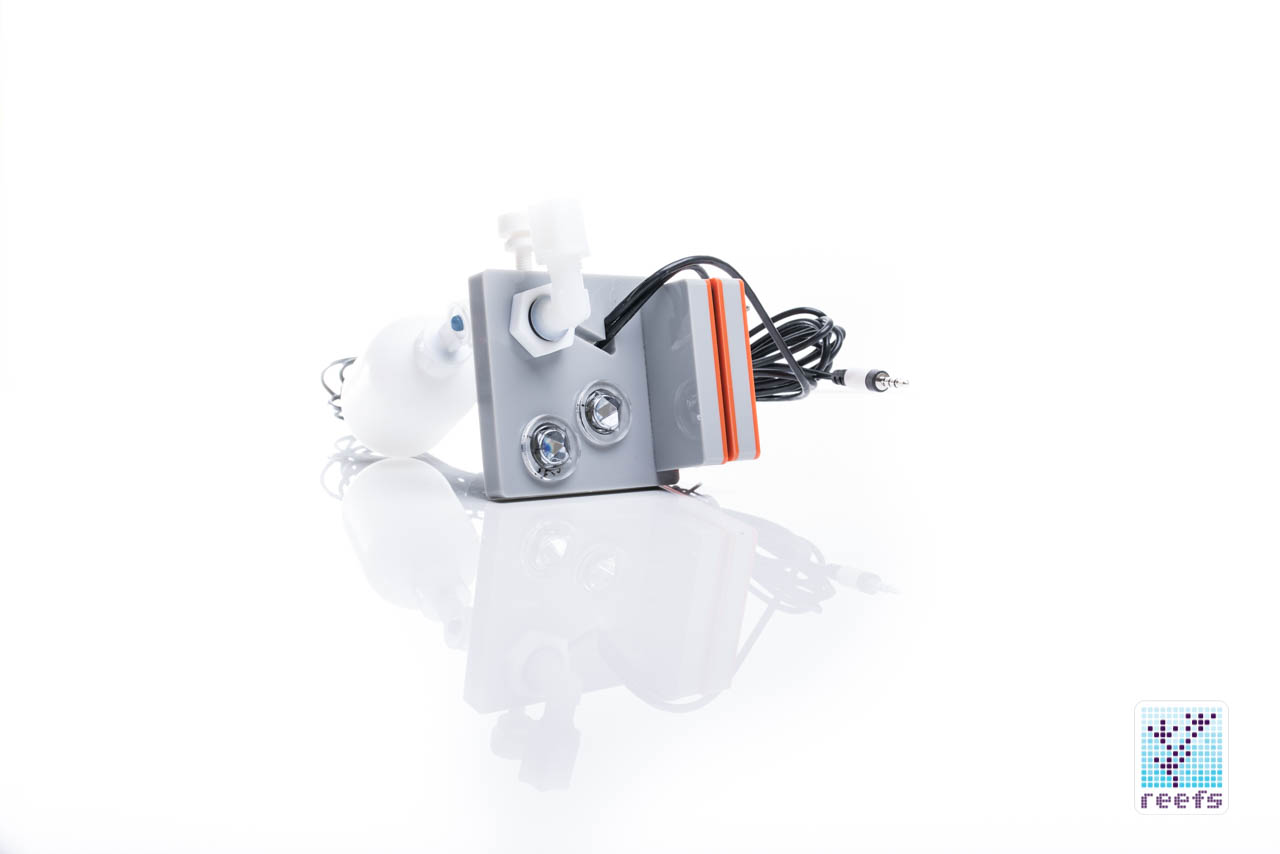
One thing is for certain – Neptune Systems is on fire this year. First, the Flow Monitoring Kit with its excellent FMM module, then rumors of COR return pumps being in their final testing stage and now, an entirely new product- an automatic top off device. In a market saturated with equipment of this kind, Neptune Systems has come out with a product that looks strangely familiar yet uniquely distinct, in both its build and its functionality. It’s called ATK- Automatic Top Off Kit and, as with any new piece of equipment neptune Systems introduces, there’s more to it than meets the eye. The multilayered nature of the company’s latest brainchild requires an in-depth review that focuses both on its hardware and on its interaction with Neptune Systems’ flagship device, the apex aquarium controller. See below…
ATO IN REEF AQUARIUM
Successfully maintaining a healthy reef aquarium is undeniably based on a single principal- stability. Saltwater tanks need a reliable source of light (aquarium specific lamp), optimal temperature range (heater and fans/chiller connected to a temperature controller), adequate flow (return pump, wavemakers), balance in nutrient content (mechanical, chemical and biological filters), and stable salinity. There’s more to it, of course, but keeping these parameters in check almost guarantees that your saltwater animals will thrive.
Stable salinity is crucial to the well-being of ocean dwelling organisms- most critters cannot tolerate swings in water’s dissolved salt content. Water that evaporates from the reef aquarium leaves behind its salt, raising the salinity and to replenish (top-off) the evaporated water, RO/DI filtered water is added, which dilutes the salt content, bringing it to the optimal levels- this concept is well known and does not require further explaining. The process of constantly checking and refilling a fish tank can be burdensome, and an instrument called Auto Top-Off became popular in the 1990’s. This brilliant device, which in its basic form consists of one or more water level sensors, a small pump placed in a separate container with RO/DI water, a length of tubing, and an electric relay controlling the pump’s operation, automates the process of topping off evaporated water, which in turns makes the salinity of the tank’s water stable. Since its invention and introduction into the aquarium hobby, ATO devices have been a staple in many aquariums and most aquarists swear by their usefulness in maintaining a successful saltwater tank. However, ATOs are also the main topic in a lot of aquarists’ horror stories (those involving water outside the confinement of the glass walls of a fish tank that is), as ATO devices are prone to fail. Well, perhaps I should retract that statement- they USED TO be prone to fail. We have come a long way from the early days, when DIY project-looking devices that lacked any backup sensors or other disaster prevention solutions used to dump all water from the top off reservoir into the sump/tank, effectively overflowing its water content onto the floor. These days, virtually all ATO kits have some kind of failsafe mechanism built into them. Be it a second sensor, an audible alarm, a pre-programmed timer preventing ATO pumps from running too long or a simple mechanic valve, there are many ways to make ATO safe to use. So, does ATK from neptune Systems stand out from the crowd of similar devices available on the market? It does indeed, let me explain…
FIRSTS
When it comes to neptune Systems’ latest offering, there are a lot of “firsts”. Starting from the obvious one, it is the first plug-and-play ATO device the Silicon Valley-based manufacturer makes. Although setting up an auto top off device was always possible using apex (Neptune Systems’ flagship controller platform), it involved the use of a peripheral module (breakout box) and a third-party refill pump to operate. Auto Top of Kit, in contrary, comes with everything needed to transport water from an ATO container to the aquarium.
The second “first” is the fact that ATK comes almost completely pre-assembled, with all sensors confined in a single, compact mount, unlike other manufacturers that ship their ATOs in parts that need to be put together before use. There are only four elements to it- sensors and refill output mounted on an acrylic bracket held by a magnet, an FMM module, a refill pump, and a power adapter.
ATK has one more ace up its imaginary sleeve- Neptune Systems managed to “squeeze” three levels of failure protection into its ATO, with a possible fourth and more when connected to the apex. I will talk about all those levels in a separate paragraph, meanwhile, did you notice I used the words “when connected to the Apex” in the previous sentence?
Possibly the biggest surprise Neptune Systems pulled off with Automatic Top-off Kit, especially for a long time apex user like myself, is its independent nature. ATK is the first product in the NS line that does not require apex to work. Technically, you can plug WAV pumps into the power source and run them on 100% power in constant mode without apex, but that doesn’t count. It would be like buying a sports car and putting a truck speed limiter on it. Anyway, with ATK, you can take it out of the box, plug in all the wires, install the sensors in the sump or tank, dump the refill pump in the reservoir and you’re good to go. It will work as a fully functional auto top off device and never require a connection to apex to adjust its operation. Of course, connecting the device to apex further expands its functionality. I still have a lot left to cover in this review, but let’s start with the unpacking process and a closer look at ATK’s main components.
UNBOXING & CLOSER LOOK
I have reviewed quite a few ATO devices throughout the years, and I am used to expecting a lot of parts and lengthy instructions on how to assemble all the pieces. With Automatic Top-off Kit, the experience is quite different- inside the plain white box, we find:
– FMM module
– PMUP pump
– sensors/float valve mounted on a bracket
– power supply
-tubing (in nice, neptune Systems brand orange)
-USB cable to connect to Aquabus
-siphon breaker with push connect fittings
– “Get started” quick reference guide
ATK is the second (after the Flow Monitoring Kit) product from neptune Systems built around their new FMM module. I talked in detail about FMM in my Flow Monitoring Kit Definitive Review, and I just want to restate my admiration for that module here. It is, in my opinion, one of the most versatile modules NS has ever made and the central role it plays in Auto Top Off Kit just reaffirms my fondness of its abilities. It is the exact same version of the module that comes with FMK, and it is also sold separately – it comes with an Aquabus port for apex connection, the four input ports (labeled 1-4), an ACC port that PMUP gets connected to, and an AC/DC adapter port to power the whole thing. Only two of the four ports on FMM are used by the ATO module, and therefore the remaining two can be used for additional accessories available from Neptune Systems (more on that later in the review).
PMUP, which comes with ATK, has been around for some time and so far, my experience with it has been nothing but positive. It’s a monster of a pump, both in the impressive ability to push water vertically with no hassle (neptune Systems advertises it as having a maximum head of 14 feet or 4.3 meters!), and in its silent operation. It’s quite amazing given the fact that PMUP is about the size of a medicine bottle. There is also a quick connect fitting included in the ATK package to easily attach the tubing to PMUP’s output nozzle.
And now it comes to the muscles behind the whole device, and here is where ATK stands out the most in the crowd of its competitors. neptune Systems must have hired truly thoughtful engineers; they managed to put the entire top-off mechanism into one compact bracket and on top of that, designed the bracket to be held by neodymium magnets that work for glass up to ¼” thick, which covers all but the largest of sumps (which you can fix by putting a larger magnet on the outside).
The inside portion of the bracket holds two optical sensors with holes for cables routed out above them and a float valve with spout to which pump’s feed tubing attaches. At first glance, the placement of each elements in the ATO bracket seems weird and quite random, but let me tell you that after seeing this thing refilling my tank countless times now, everything is its design makes total sense from a practical standpoint. To explain further, let me describe each individual component in the ATK bracket.
ATK, like most new high end ATO systems, uses an optical sensor as its main device to detect water level, as opposed to the mechanical float switch present in cheaper ATO brands. Optical sensors are known to be more precise and much less prone to failure, as they lack mechanical parts in their builds. The technology behind the optical sensor’s operation is quite interesting and worth explaining. Here is the explanation, pulled from my review of a different ATO device:
Inside every optical water level sensor sits an LED emitter which puts out light on the infrared side of the spectrum (just like a TV remote sensor). The diode is encapsulated in a transparent, prism shaped lens and put off center, next to a light detector sitting next to it. When the sensor is above the water line and exposed to air, nearly all light rays emitted by the diode are reflected within the prism and onto the detector. As the prism gets submersed in liquid, light can no longer stay within the prism and gets refracted to the point where very little to no light reaches the receiver. That change between all light being registered by the receiver to very little reaching it acts as a switch to the sensor, closes the circuit and sends information to the third-party device the sensor is connected to (in our case, the ATO controller). The optical sensors are designed to have fine accuracy measured in millimeters and react to the change in their state immediately. That and the fact that optical sensors have zero moving parts that could potentially be compromised makes them a much more accurate and less prone to failure choice for water level monitoring. They still require maintenance on part of the aquarist (occasionally wiping off salt creep that may have built up on the prism), but are more reliable than the magnetic float switch that previous generations of ATO units had.
ATK’s primary sensor sits low on the bracket and acts as the main sensor that triggers the flow of water from freshwater reservoir to the tank/sump ON/OFF. It turns the pump ON when water level drops to the center point of the prism and turns it OFF when water level rises by around 1/16” of an inch. This precise “top-off spread” is excellent as it does not allow for too great of a volume of RO/DI water to be dumped all at once into the saltwater, which in turns prevents sudden drops in the water’s salinity level.
As I mentioned in the beginning of this review, a prevalent topic on reef forums when it comes to ATO units is horror stories told by people whose ATOs failed, destroying apartments and/or killing all the tank’s inhabitants. No competitor can survive in the saturated ATO device market without having some kind of a fail-safe device on top of the primary sensor. Neptune Systems managed to raise the bracket even higher, offering not one but three different fail safes, with a possible 4th and 5th when you hook your ATK up to an apex.
The other optical sensor present on the ATK bracket acts as a secondary water level monitor in case the main sensor fails. It’s positioned slightly off the axis of the primary one and it too has a routed pathway for wires to slide through. Sensor #2 connects to the second port on the ATK.
On the very top of the bracket sits the mechanical float valve- the last resort in failure prevention, as well as a replenishment water output valve. It resembles the float valve used in toilet tanks, both in appearance and operation. An oversized float triggers the valve to stop the flow of water in case both optical sensors fail. The float is positioned on the opposite side from the sensors, so that when it replenishes water it doesn’t interfere with the sensors’ operation.
INSTALLATION
Atomatic Top Off Kit’s installation process for both the standalone version and the one where it is connected to the apex is almost identical, the only difference is that you don’t need to plug in the USB wire if you’re not using apex. There is a quick reference card, complete with pictures, on how to set up your new ATK included in every package plus an informational video available HERE, which makes it easy to assemble even for people who have no previous experience with ATOs. Everything comes pre-assembled, labeled, and ready to go. The whole process looks like this:
Affix FMM module to wall or stand (screws included) and connect power brick to it.
Drop PMUP in ATO reservoir and connect tubing via included quick connect fitting.
Install ATO bracket in the tank, connect both sensors to the FMM (labeled “1” and “2”) and tubing to the float valve assembly.
Yes, installation is as simple as it sounds and on top of that, you can modify the bracket to your liking, as everything can be disassembled and reversed. For example, if you want to install ATK on the left-hand side of your tank/sump, but would like to see the sensors’ prism for easier inspection, simply unscrew each one and move it to the other side of the bracket. neptune Systems even thought of people who simply lack space in their systems for a bulky float valve- it can be removed from the bracket altogether. Now it is not recommended simply because you lose one of the fail-safe mechanisms, but there is an option to do so. That is what the little thumbscrew on top of the bracket is for; it secures the 90 degree elbow to the bracket when the float valve is removed.
One more thing worth mentioning is that Neptune Systems includes a siphon breaker with its ATO; it is a quick connect fitting with a tiny hole drilled in it that is meant to be placed in the ATO reservoir in situations where the water level in the reservoir tends to be higher than in the sump.
LAYERS OF PROTECTION
There must be a sort of split in the review at this point, given the fact that the experience of running ATK as a standalone unit differs quite a lot from when it is a part of an apex infrastructure. Neptune Systems has put a great deal of thought into making their ATO competitive with other units on the market by making the standalone version full and intuitive in execution, while leaving the apex part as a separate “entity” that can be expanded and built upon for an even more sophisticated ATO experience.
ATK UNPLUGGED
Automatic Top Off Kit in its standalone form works just like any ATO would, although it offers 3 levels of failure protection, more than any unit I have had on my tank before. In its normal operation, the drop of water level beyond the primary sensor triggers the pump on until it reaches the center of the prism. Water comes out from the mechanical valve output in a gentle, spread out fashion, which effectively prevents splashing. The fact that water comes out from the top of the bracket virtually eliminates the risk of back siphon to the ATO container. Should the primary sensor fail in stopping the flow of top off water, the secondary sensor cuts off power to the pump and triggers a loud audible alarm when water level reaches its center. neptune Systems programmed the auxiliary sensor so that it turns the pump off automatically but runs the alarm with a 10-minute delay for instances when the aquarist turns off the return pump for feeding. At this point, ATK stops its operation entirely to prevent future failures and needs to be hard reset to go back to normal operation. This concludes the first layer of failure prevention built in ATK.
The second step in the fail-safe department is hidden inside FMM module as an algorithm that neptune Systems calls IQ-Fill. This is only available in standalone mode and calculates the amount of time each evaporated water refill takes and stores the data to determine the maximum time PMUP is allowed to run in future refills. It’s set so if the refill time exceeds three times the period calculated from previous data by IQ-Fill, it will shut the pump off and sound an alarm. On top off that, there are fail-safes in the sensors’ operation, as well as the PUMP run time. First, the primary optical sensor needs to be in “ON” position for more than 10 seconds before it turns PMUP on, which prevents accidental refills in situations where sensor may get splashed with water. In addition, there’s a 4 second limit in the PMUP operation time after the main sensor switches to “OFF” position. Finally, PMUP’s maximum running time in any instance is limited to 5 minutes and the program only allows it to turn on once within a 60 minute period.
Those two layers of protection are already on par with most high-end ATO systems on the market, but Neptune Systems went even further, and should satisfy even the most nervous ATO skeptics (to which group, having two different ATO units fail on me in the past, I definitely belong), by putting an old-school mechanical safe stop in the form of a float valve. When optics, electronics, and programming code fail all at once, there’s always physics- the float valve goes up with the rising water level and shuts off the flow of water. The siphon stop connector prevents pressure build up in the tubing and PMUP shuts off after its 5 minutes maximum running time. Do we need more protection from flooding? I’d say, why not…
ATK & APEX
While ATK standalone operation option provides more fail safes than most reefers would ever need, connecting the FMM module to the apex takes the whole thing to the next level, which no other ATO manufacturer can reach. Hooking up the ATK to apex is as easy as it has always been- simply plug in FMM to Apex Aquabus with the supplied USB cable and use the Apex Fusion interface to configure the unit. ATK requires apex Firmware version 4.52 to work and, when updated, brings in a new tab to the Fusion dashboard called “Tasks”. This clever new addition is a series of instructions for different equipment that users wish to add to apex; it takes away the code writing process and replaces it with a series of easy-to-follow steps in which apex generates the code automatically based on the aquarist’s input.
Three of the 10 available tasks are devoted to the ATK operation:
- ATK- used to set up the ATO unit for the first time
- ATK Leak Detection- used for adding leak detection probes to the ATK
- ATK Low Water- used for adding a low water level sensor into the top off reservoir
I used “Tasks” to set up my ATK for the first time just to see how much easier it is in comparison to setting it up manually. Verdict: it is a cakewalk. ATK task takes you through the entire process, from the hardware side of connecting the unit to apex to writing code for itself automatically. Through a series of windows, it shows you how to connect ATK components, lets you choose which FMM module is responsible for ATK function, asks you which sensor acts as a main and which as a secondary stop, and gives you an option to automatically send alarms through email and/or text messages in case any of the fail safes turns on. This is by far the main difference between running ATK as a standalone unit versus having it connected with apex. The latter not only does everything the former does, but also informs the user in real time of any failures ATK is experiencing. This is a great option if you are not home and wish to be informed immediately to address the problem as quickly as possible.
ATK Leak Detection and ATK Low Water tasks are available when you add one of the several FMM accessories sold separately by neptune Systems, and therefore requires a separate paragraph to discuss these options. See below.
Using ATK in an Apex- connected mode adds additional layers of failure prevention that can be modified and changed to each aquarist’s liking. You can write ATK sensors into any physical and virtual outlet programming code, set up different alarms and time limits to its operation, and include them in the feed and maintenance timers to avoid accidental alarm triggering. For example, I have my ATK programmed into the skimmer maintenance and water change timers so that the secondary sensor does not send me text messages after I shut down the return pump/skimmer pump, and the water sump water level rises above the sensor.
There’s also a new command, “When”, that adds yet another layer of protection to the ATK. I talk about the new command extensively in a separate post which you can find HERE.
EXPANDING ATK
A few months ago, when neptune Systems released its FMM module as a standalone unit and part of the Flow Monitoring Kit (FMK), a bunch of additional equipment was also introduced to expand the FMM functionality. So far, you can add additional optical sensors, leak detection modules, and even an electronic solenoid to the FMM, expanding its capabilities way beyond what was previously available in apex. As I mentioned in previous paragraphs, ATK sensors take only two slots in the FMM module it comes with, which means that it can accommodate auxiliary devices with the two remaining ports. What’s interesting is that neptune Systems programmed ports “3” and “4” to perform certain functions in the standalone mode, so let’s talk about that option first.
When using ATK without apex, ports number 3 and 4 on the FMM can be equipped with an additional, sold separately, optical sensor (available both in a magnet mount version as well as drill through mount). Plug the sensor into port 3 and it acts as an additional fail safe- you can place it high in the sump or at the top edge of your display tank and it will turn the pump OFF and sound an alarm whenever the water level reaches its center point. Plug the sensor in Port 4 and the reverse happens- it shuts the pump down when sensor is above water. It therefore can be added to an ATO reservoir to detect a low water level.
Port 3 can be also equipped with the leak detection probe that neptune Systems sells. You can place the probe next to the sump; if the sump overflows, FMM automatically shuts the PMUP down and triggers an audible alarm.
In my system, I have a sensor magnet-mounted in the ATO container that sends me a text message every time the water level drops below it and a solenoid valve plugged into the other port that I turn on manually (I still have some fear in me knowing that there are 4 apartments below my aquarium) to refill the ATO container with water from my RO/DI unit. Another sensor plugged into a second FMM is placed high in the ATO reservoir so when the water level rises above it, it shuts the solenoid off and sends another text message informing me that the reservoir is full. This example is only one of many possibilities you can construct using the FMM module in conjunction with apex programming code. I am in the process of writing a separate article on how my ATO system works, so stay tuned!
VERDICT
I have finished reviewing yet another neptune Systems product that gave me nothing but positive experiences. ATK does everything it’s supposed to and offers much more than any previous auto top off kit I have owned. If I must say one thing about my experience with neptune Systems equipment it is that it never failed on me, and ATK is no exception. It works every time and it reacts to any change from its normal operation instantly (I performed a series of tests where I triggered various fail safes programmed with ATK and it always stopped the PMUP and informed me about the failure) and gives me a piece of mind I’ve never had before using an ATO system. It is simply the best ATO unit available on the market and in my opinion, it raises the bar so high that other manufacturers will have a hard time surpassing it.
At $199.95, Neptune Systems Automatic Top Off Kit sits among the high end ATO units. There are cheaper ATOs on the market, but none of them offer the level of protection ATK comes with. The Automatic Top Off Kit from neptune Systems is a true workhorse, one that you can depend on to work flawlessly, but also one you can expand upon and personalize to your liking.
All images by author
© 2017 Marcin Smok ALL RIGHTS RESERVED
USEFUL LINKS
Neptune Systems Youtube Channel


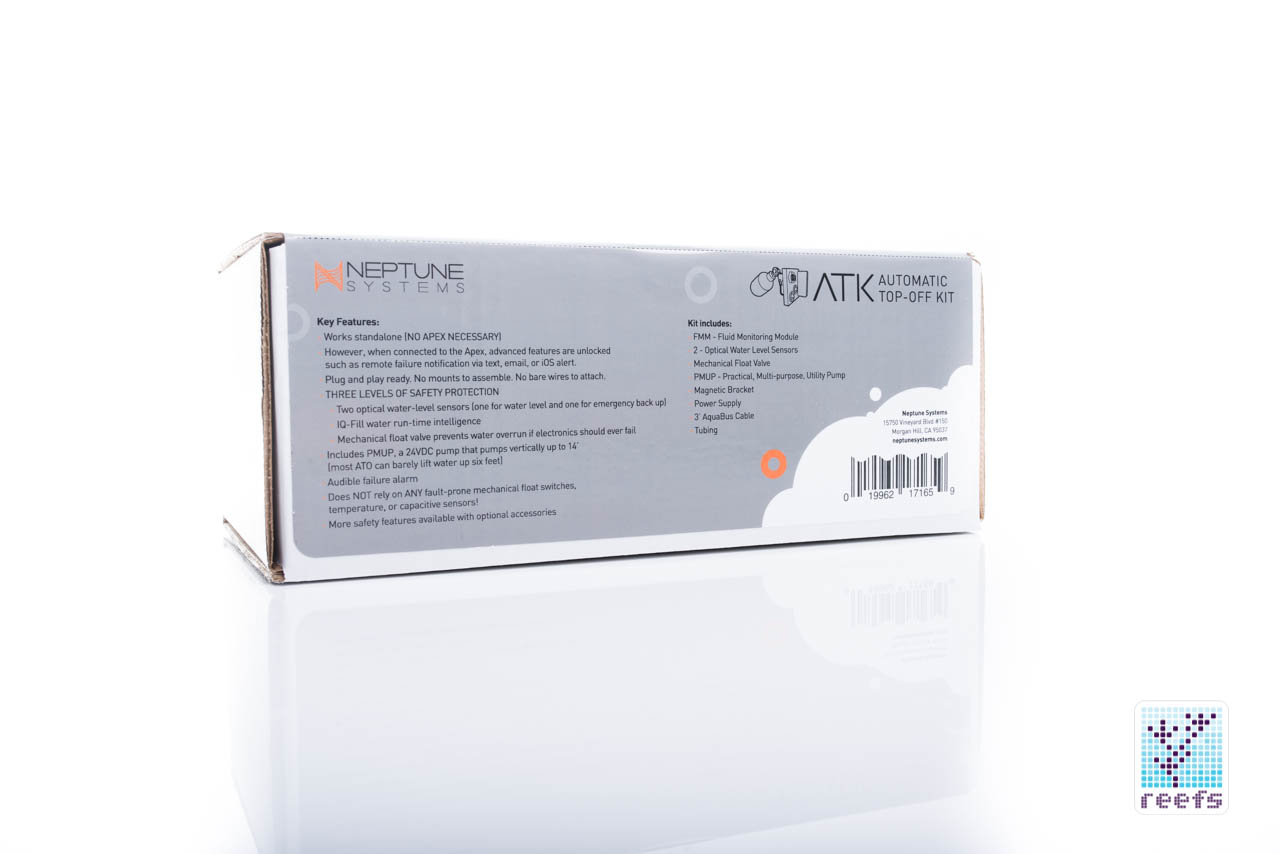
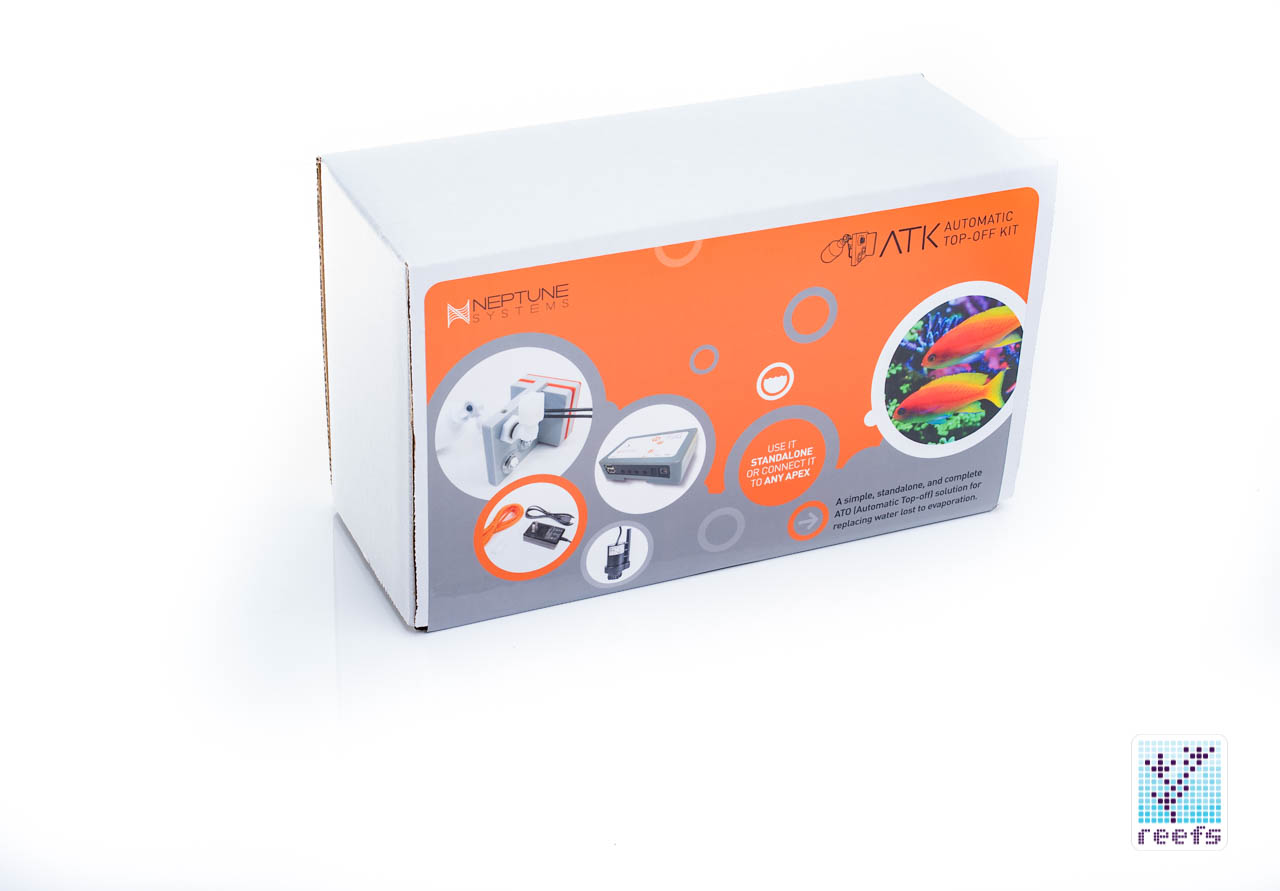

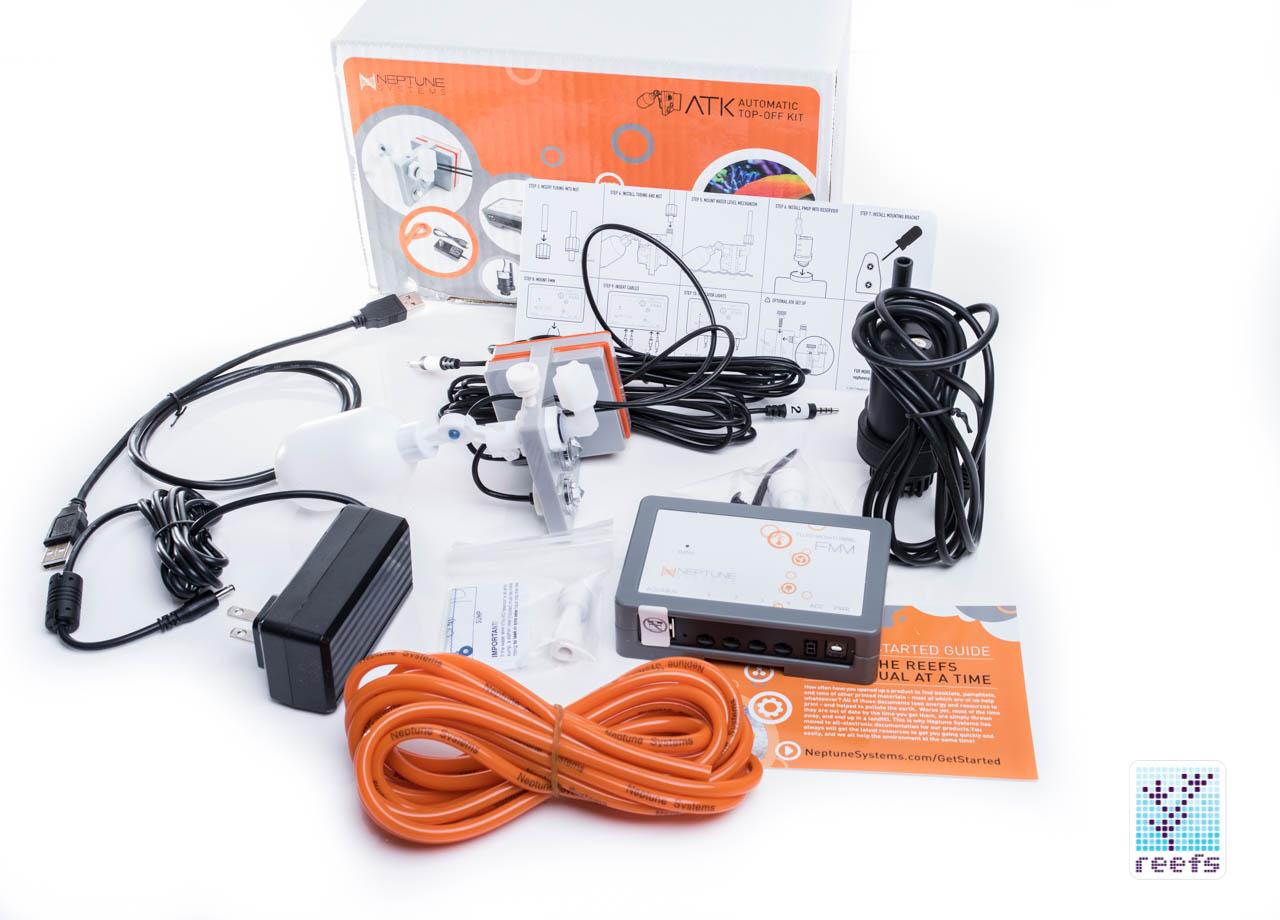
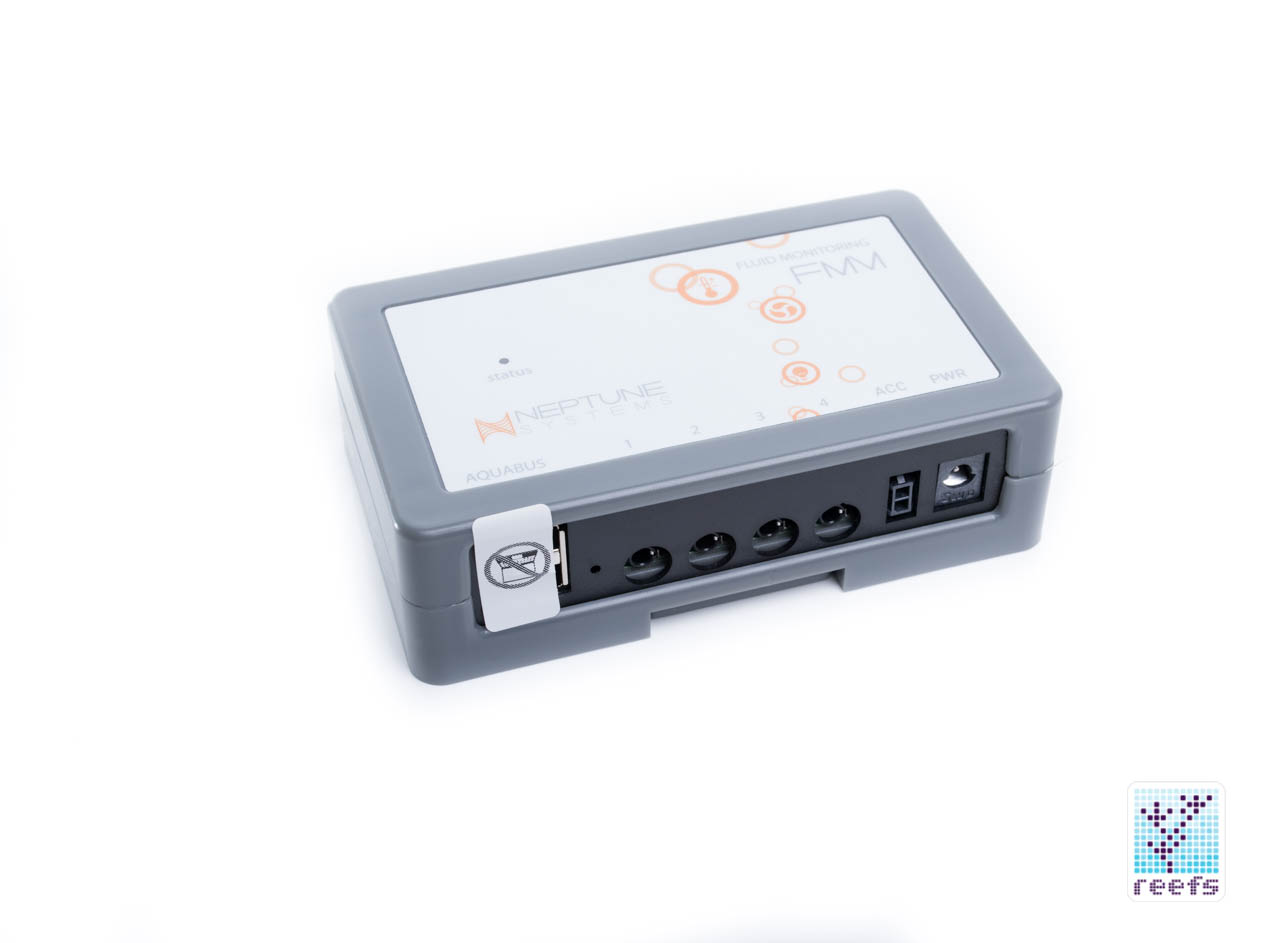
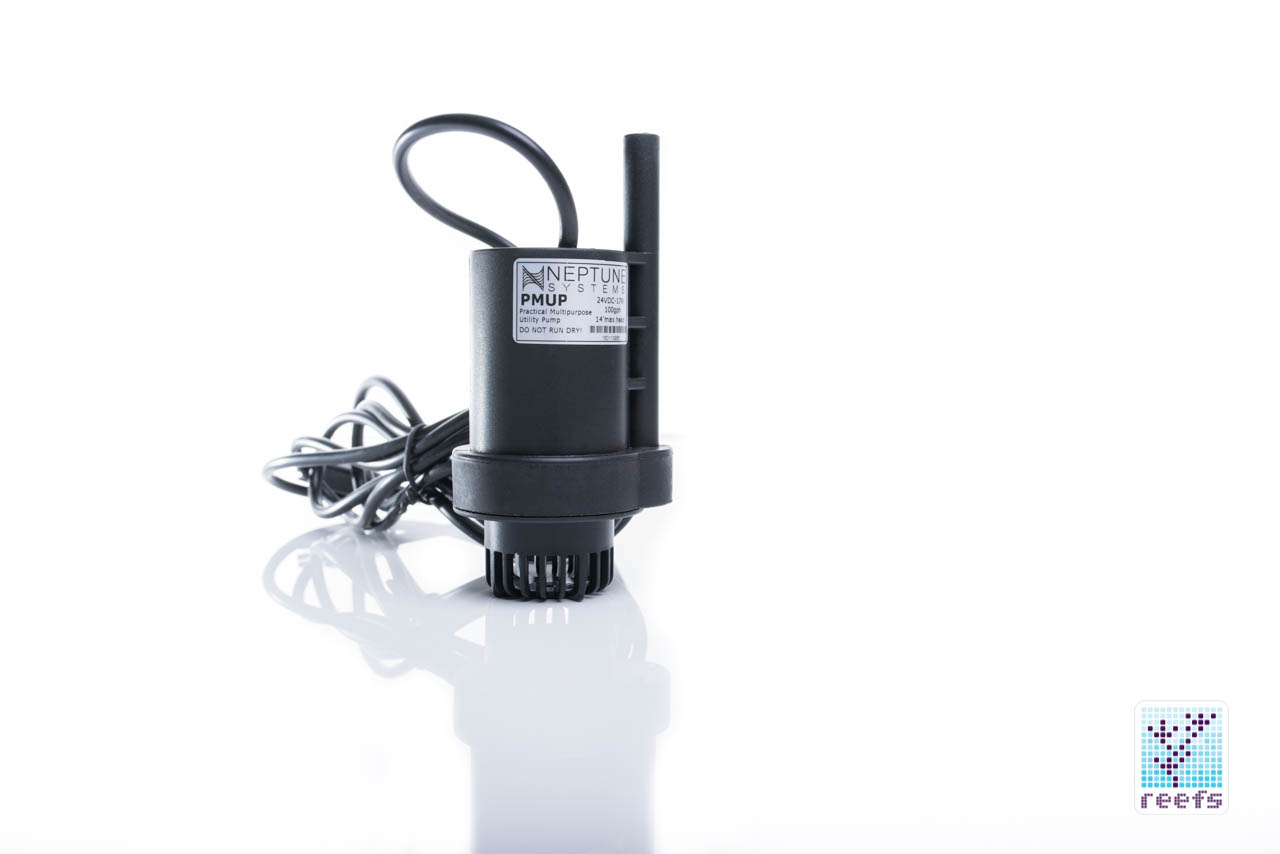
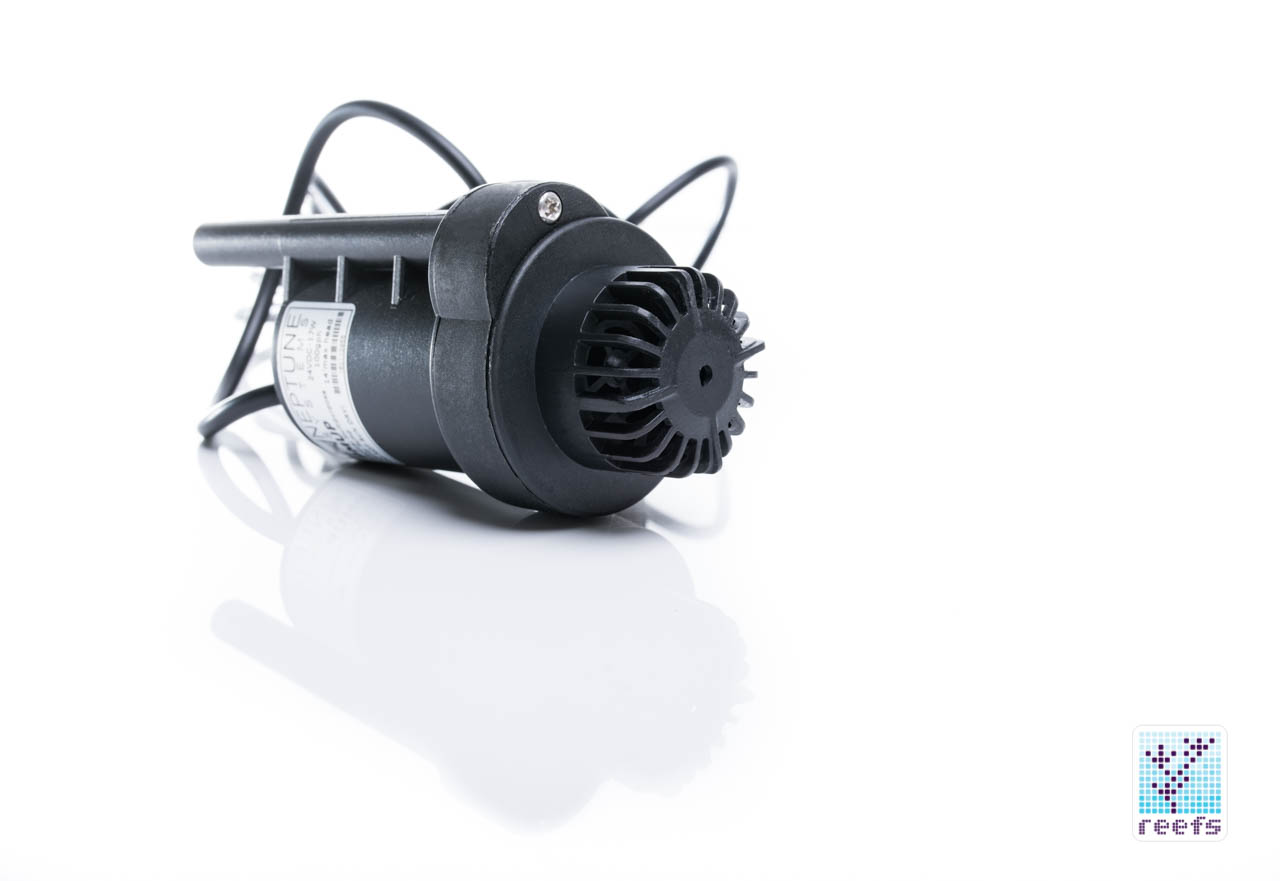
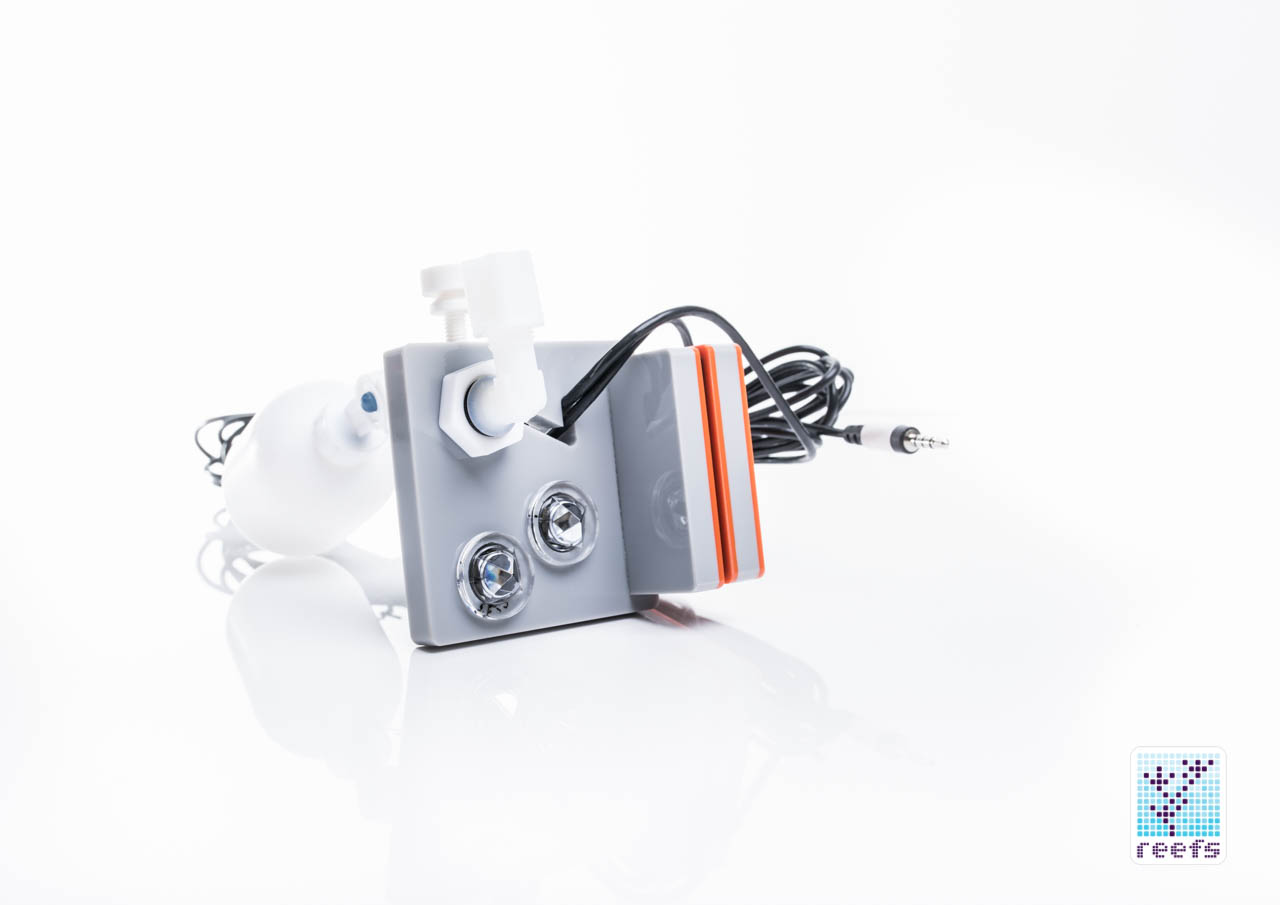
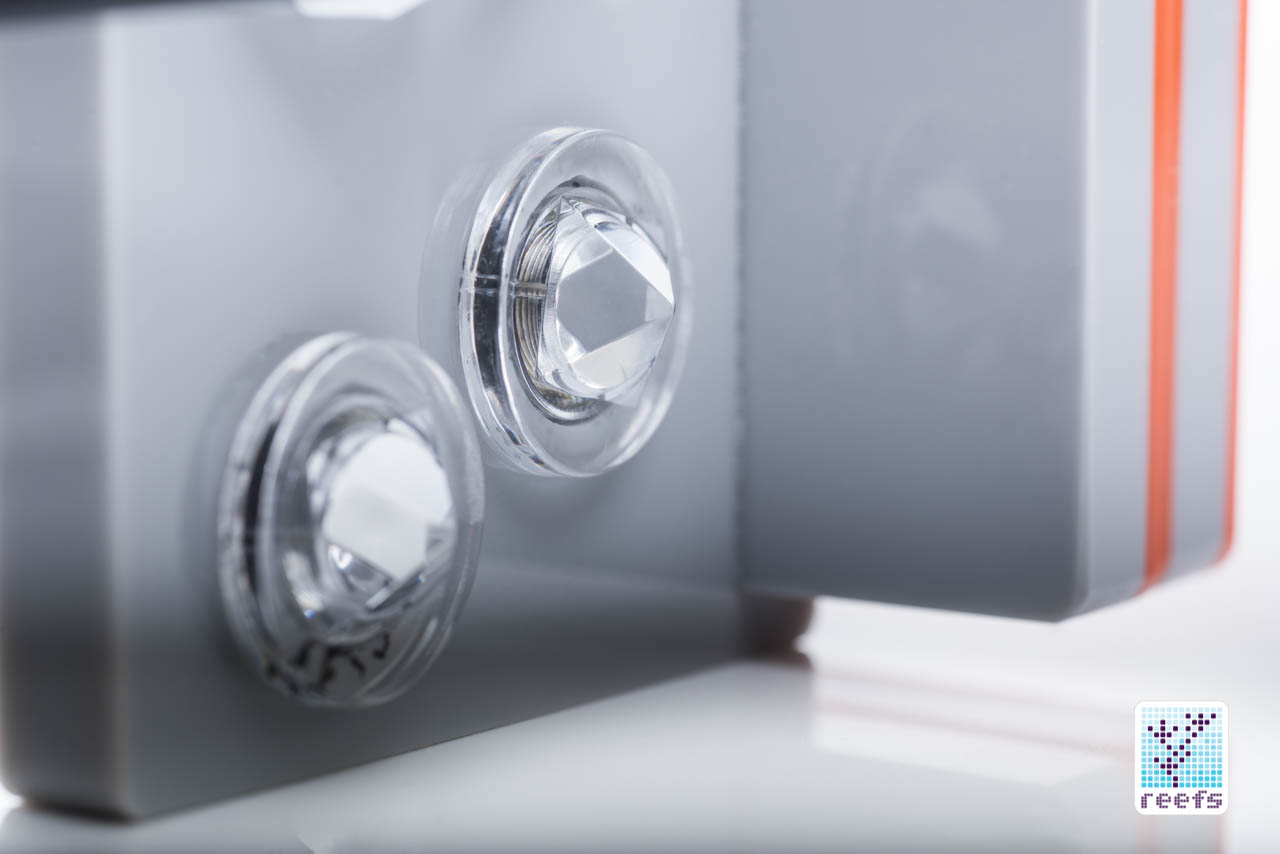
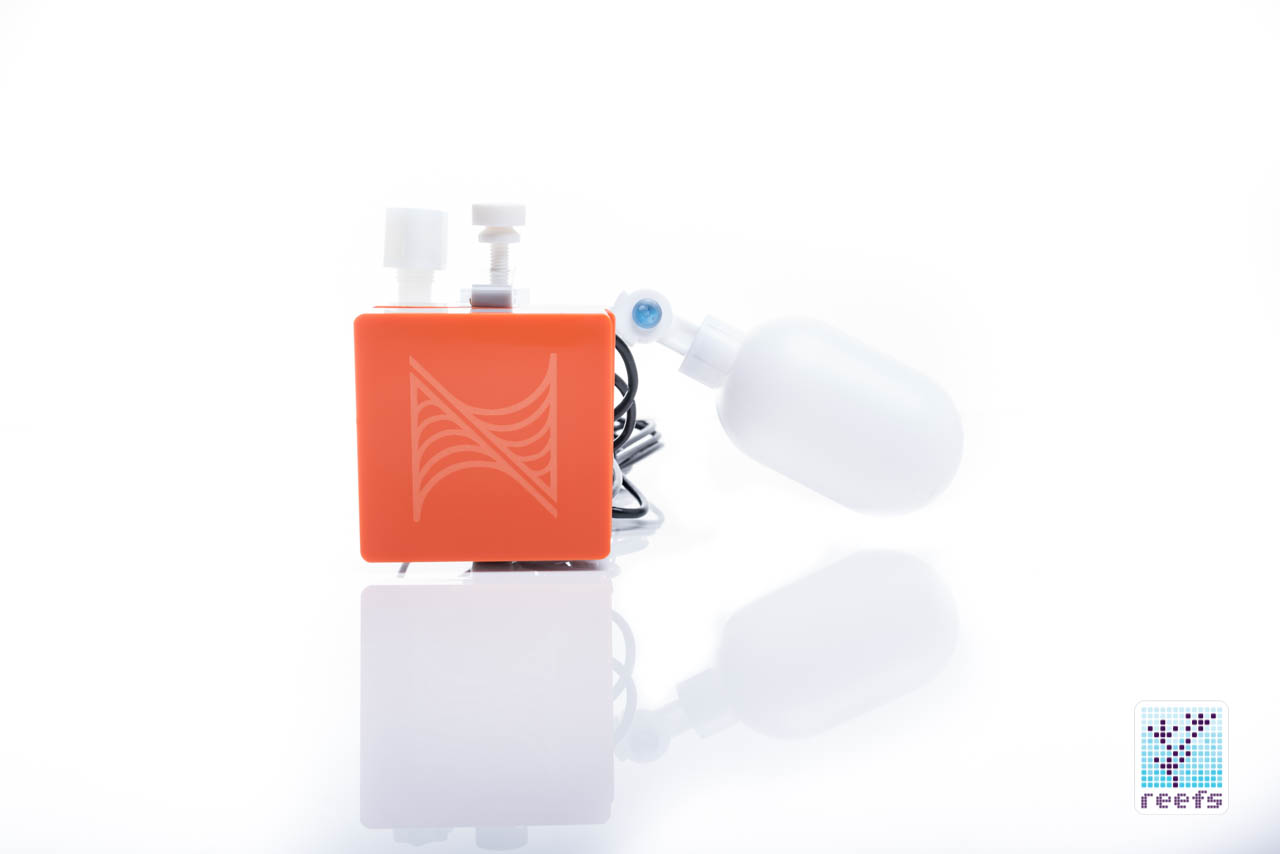
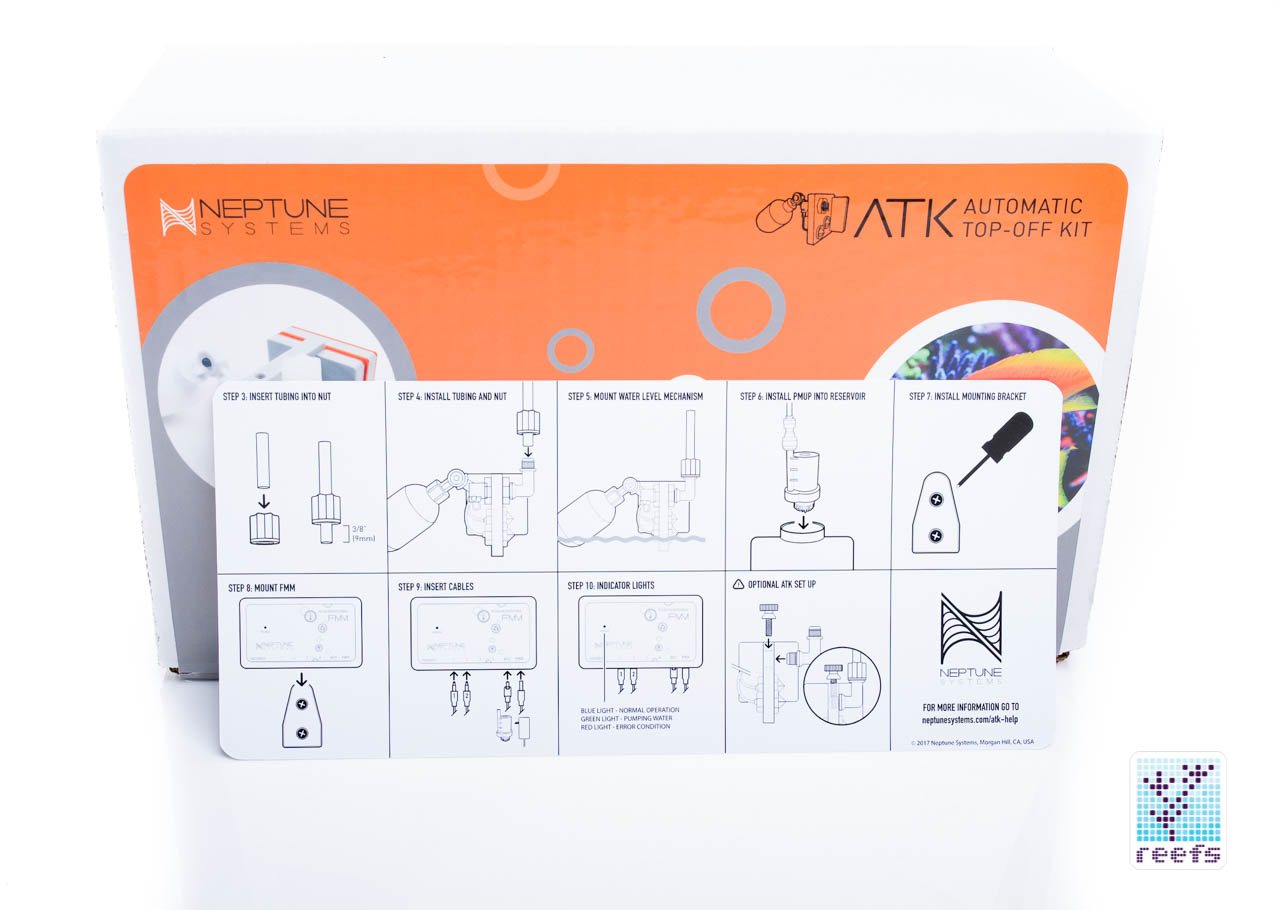
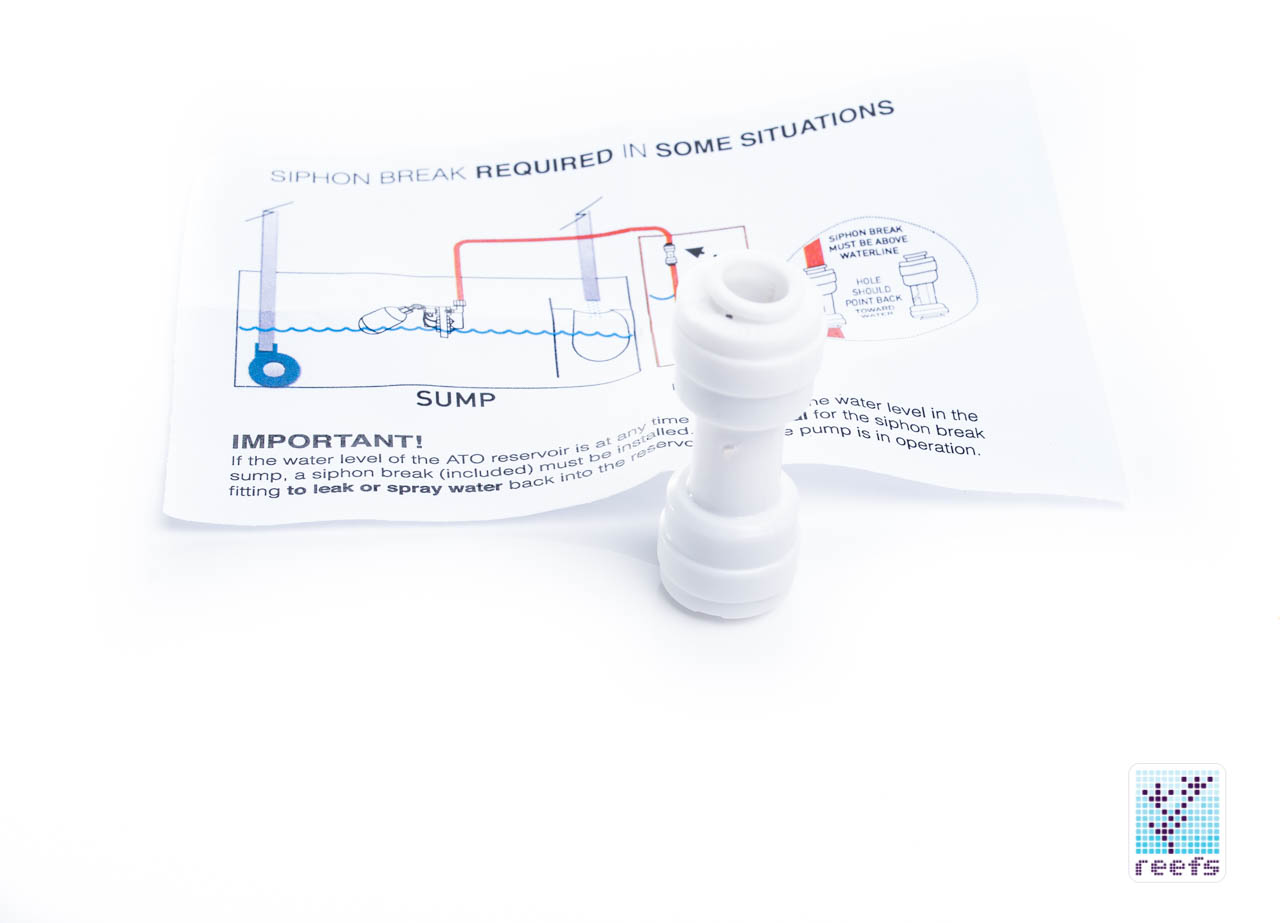
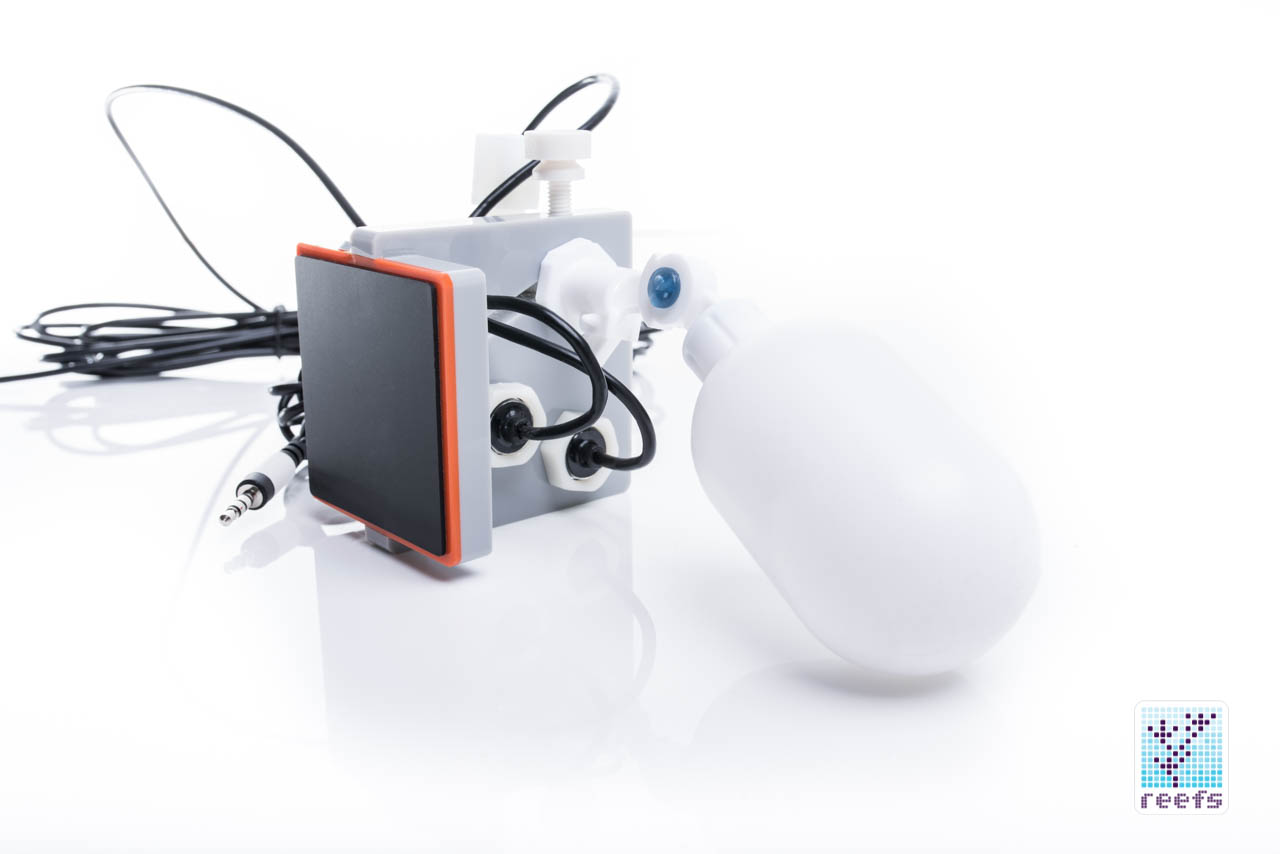
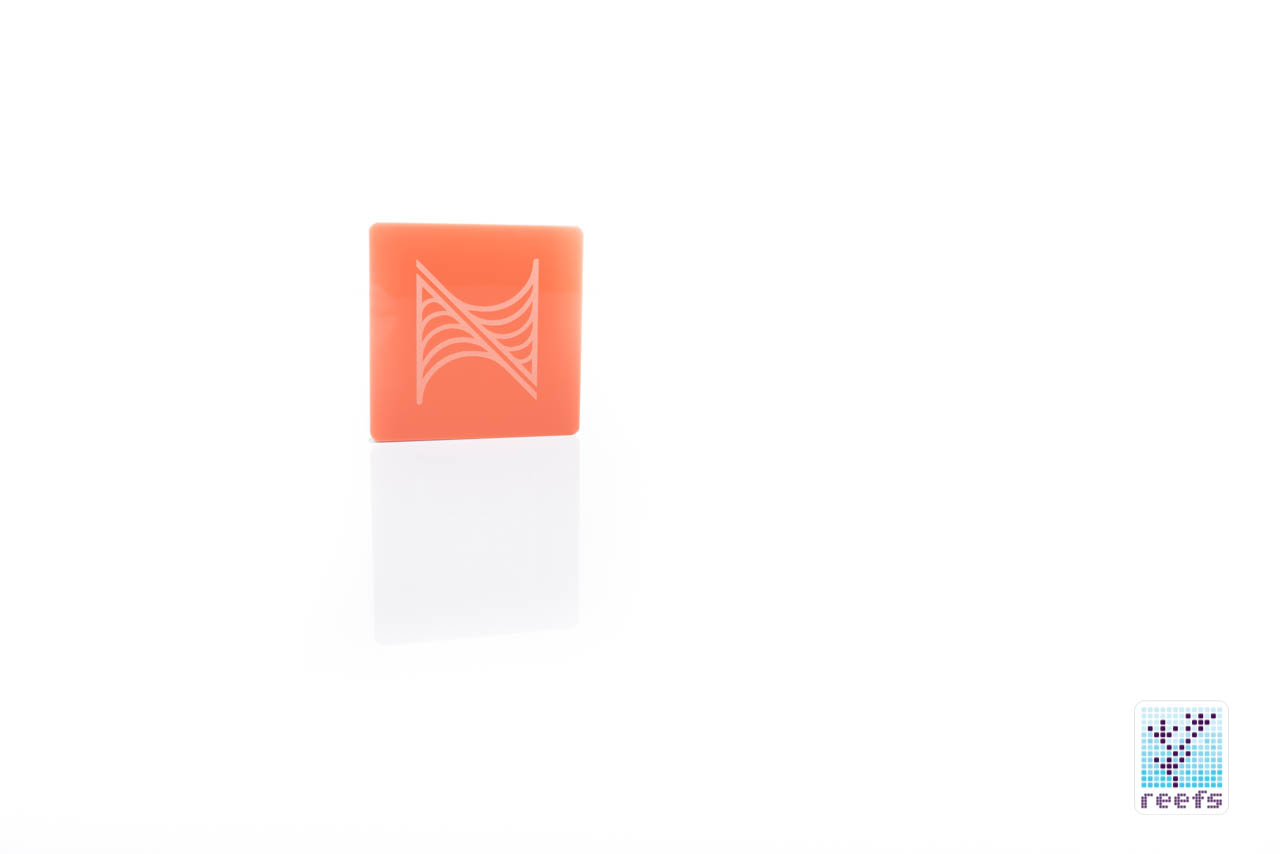

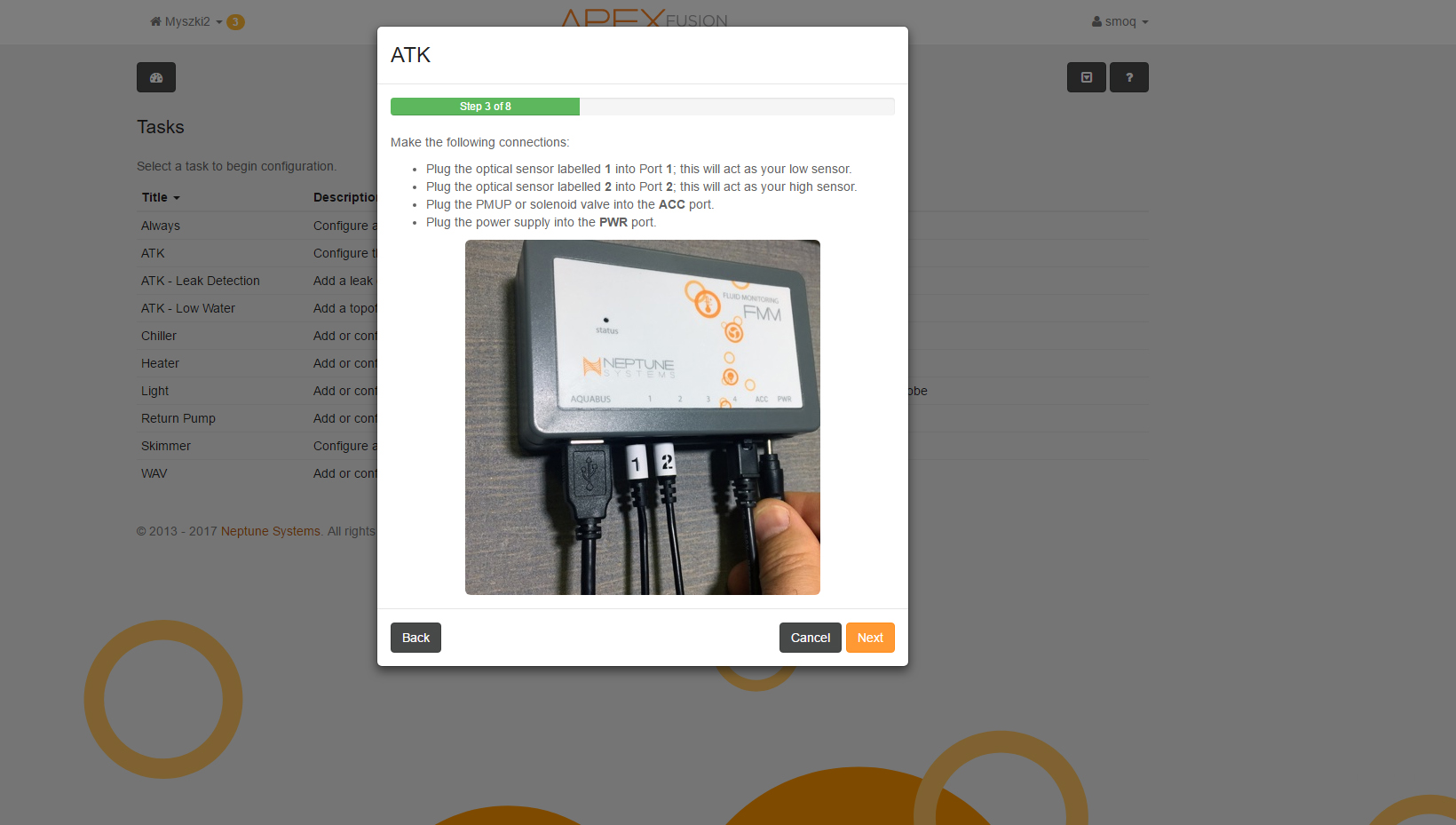
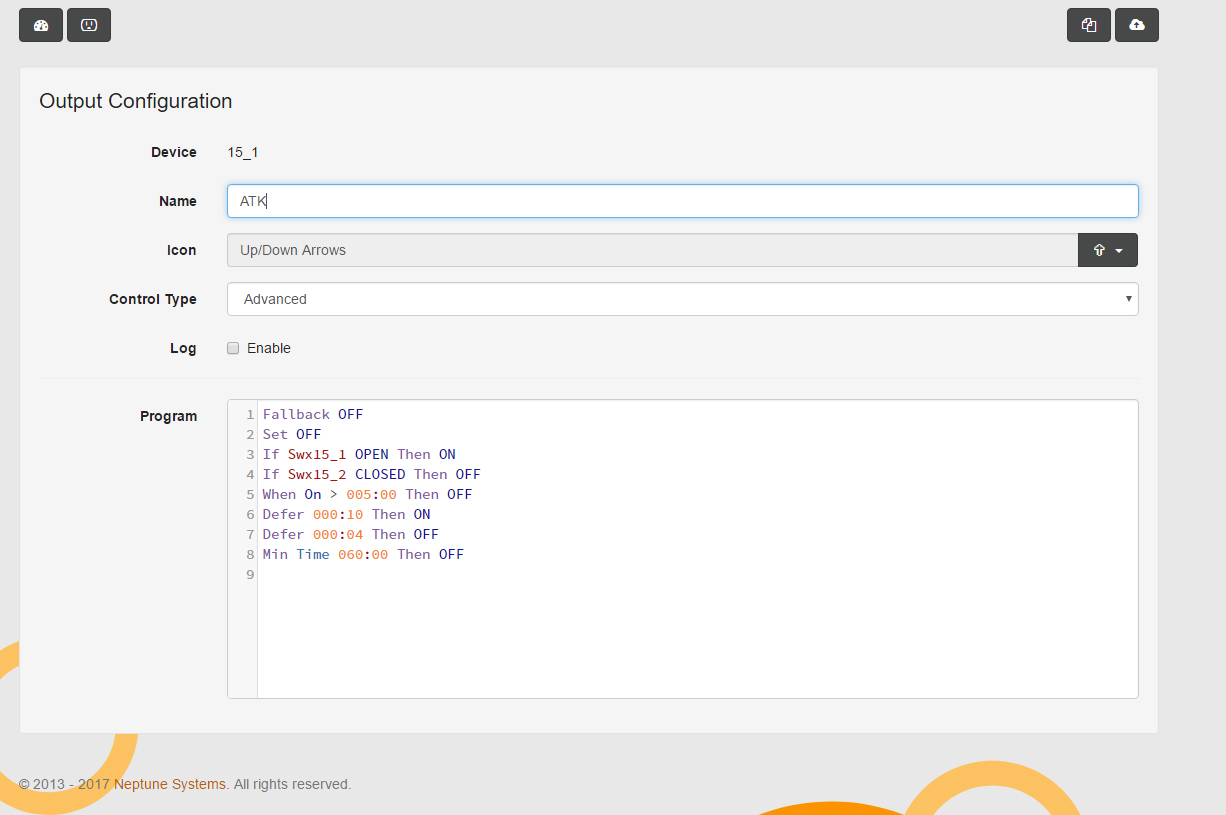
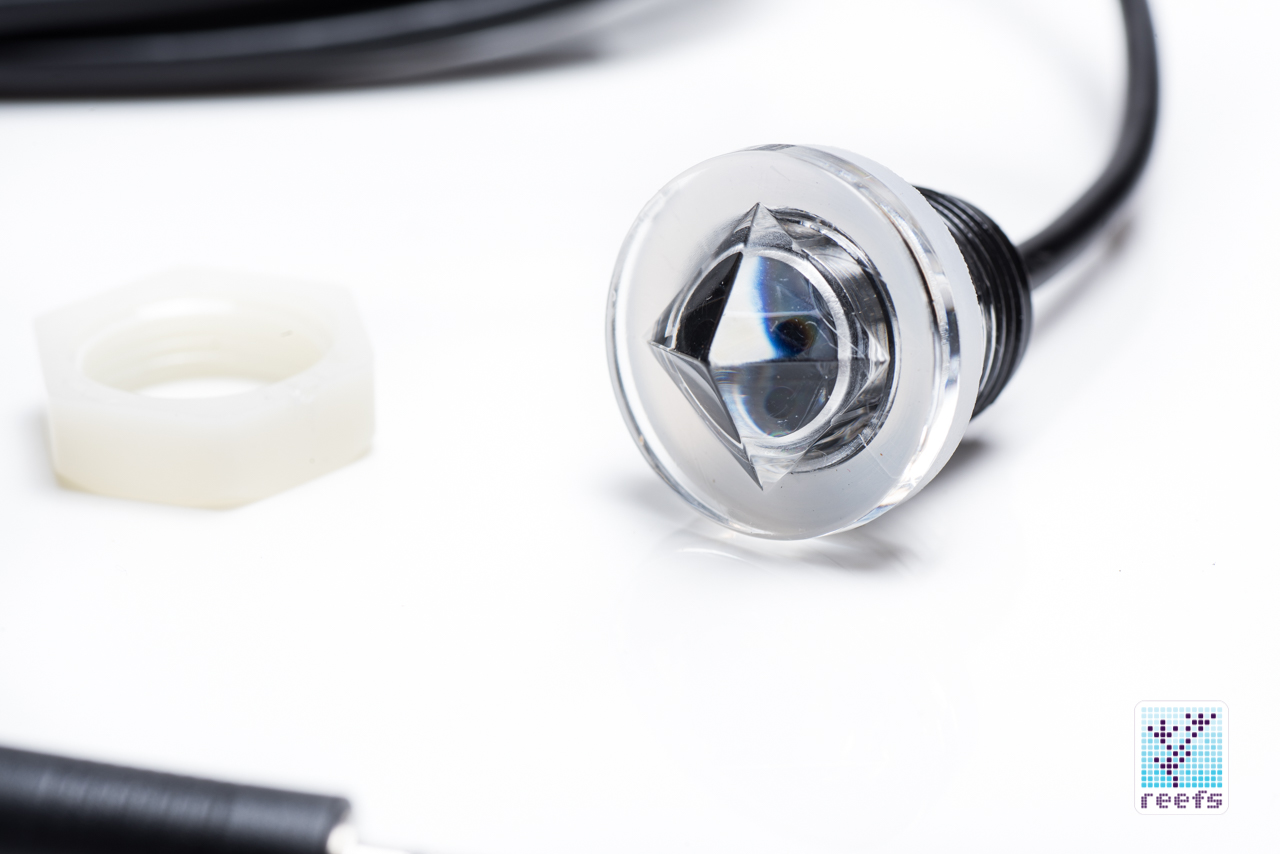


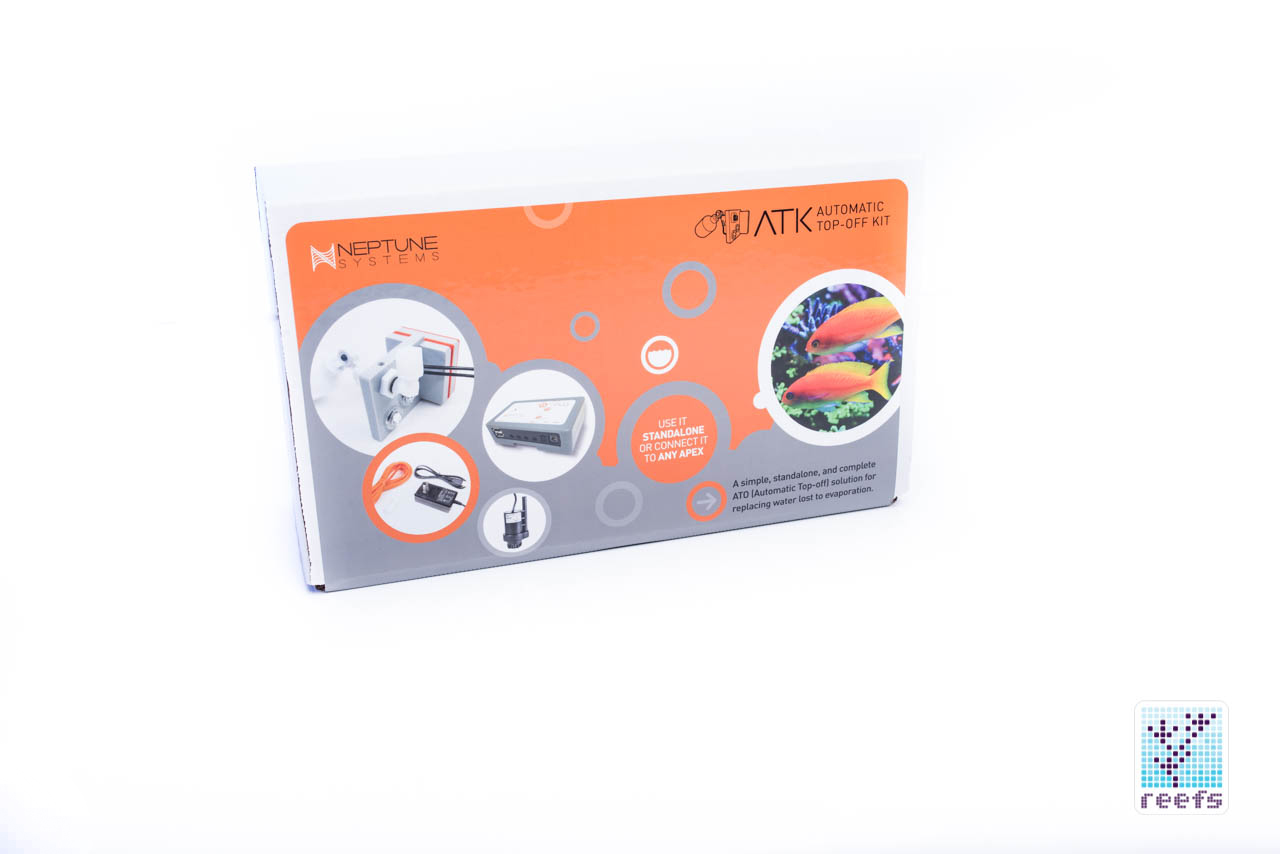
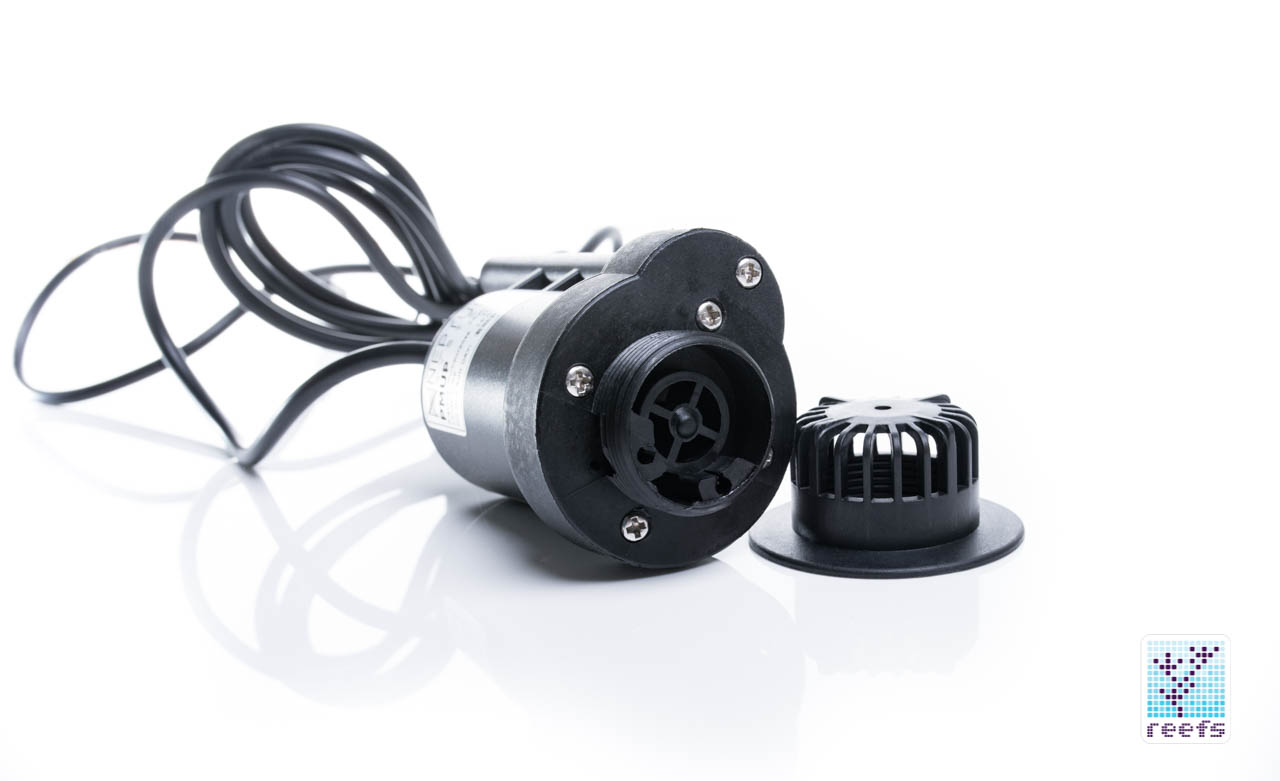
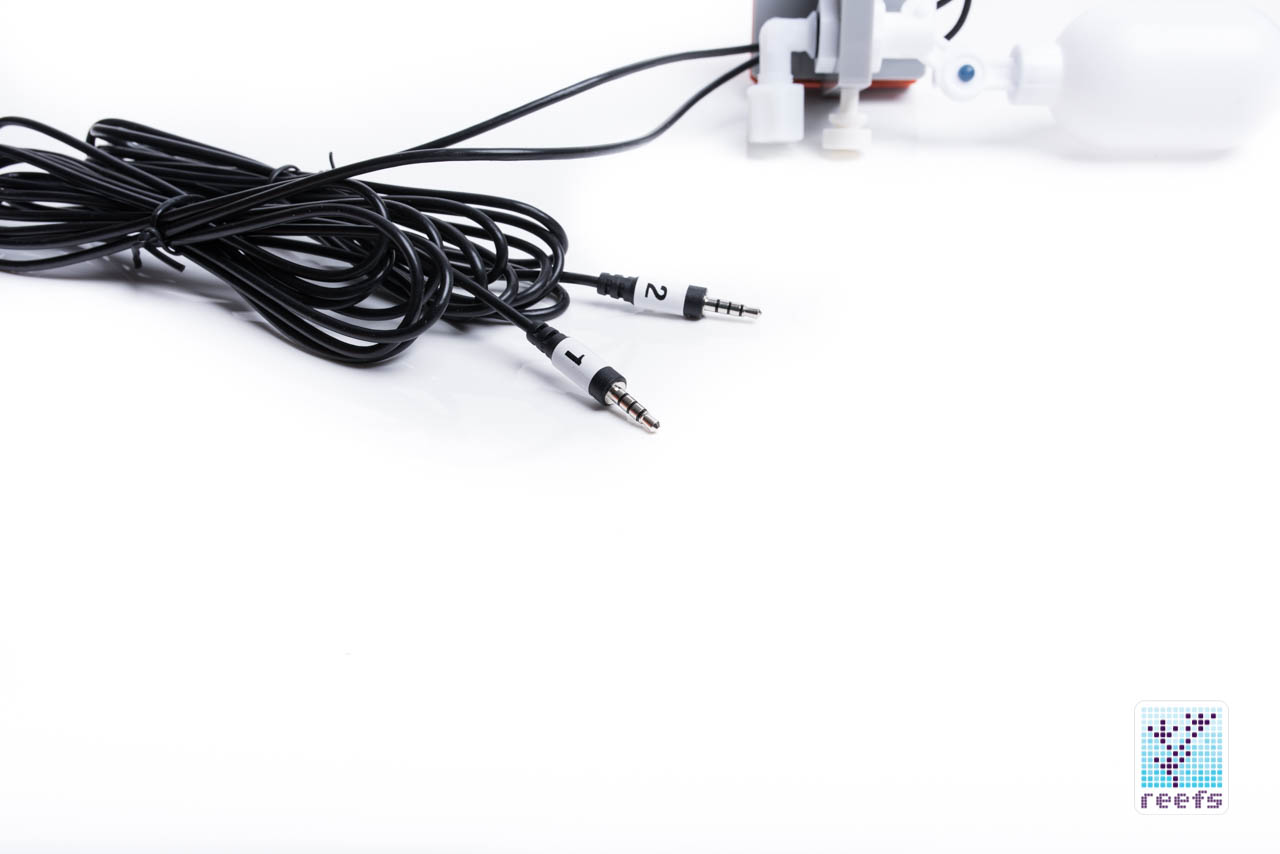
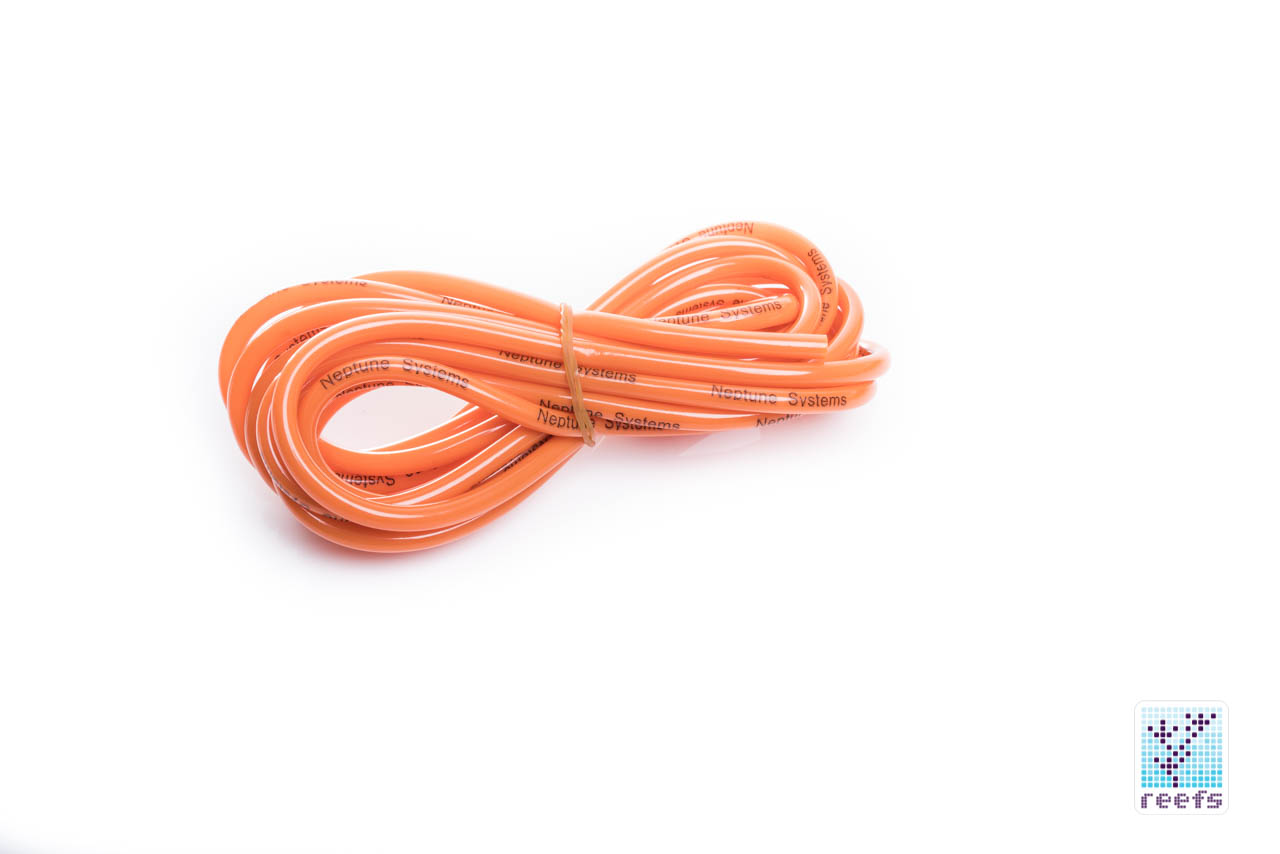
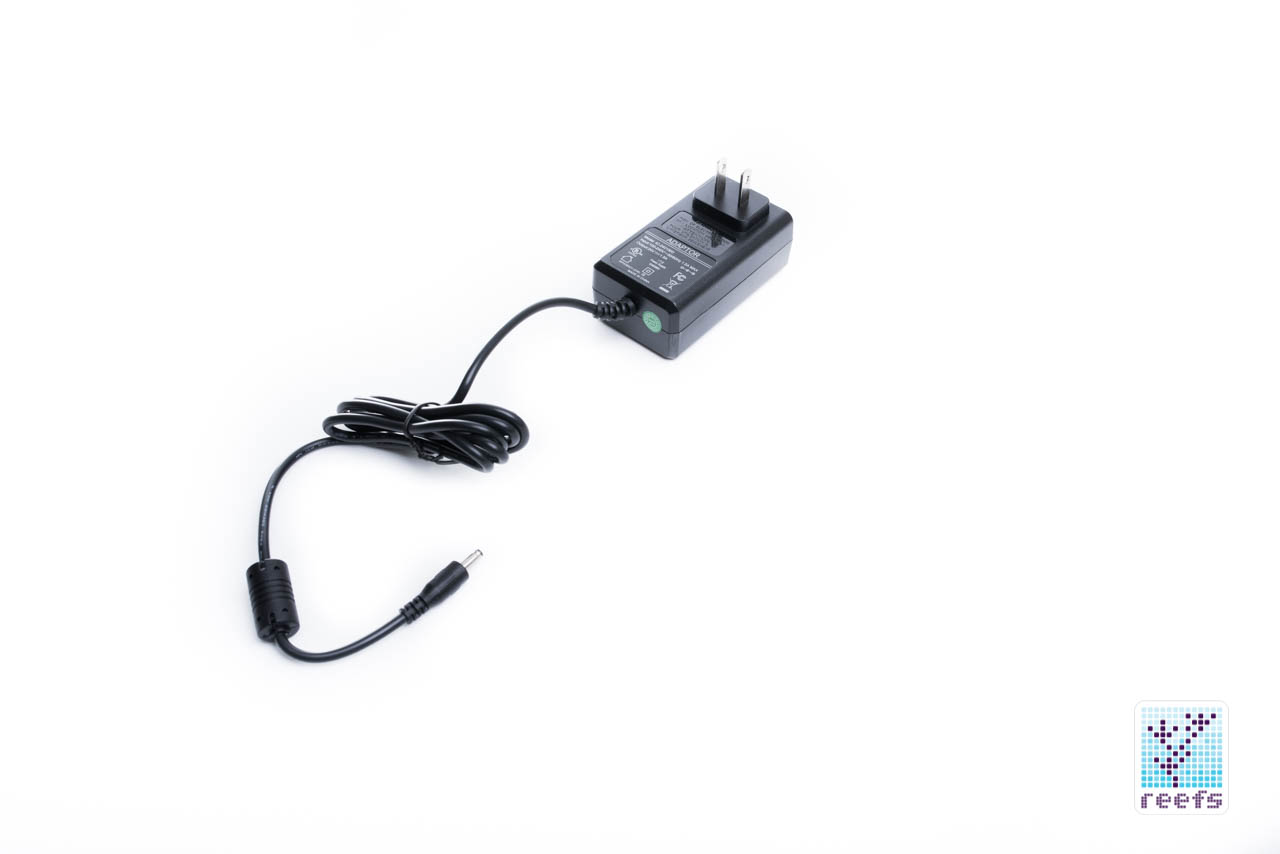


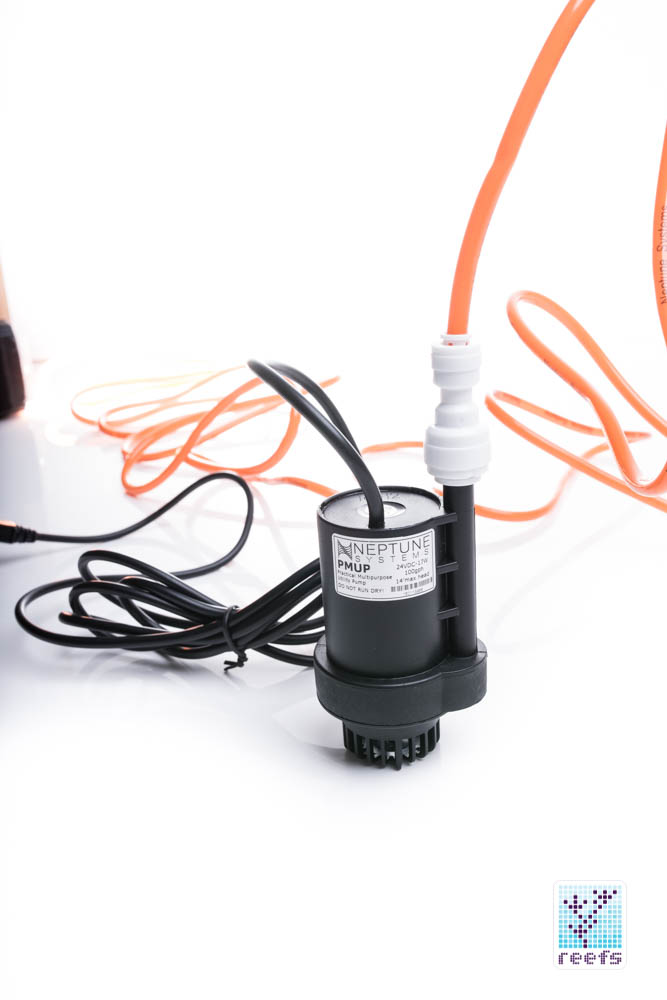








Great review, Marcin!
Thx:)